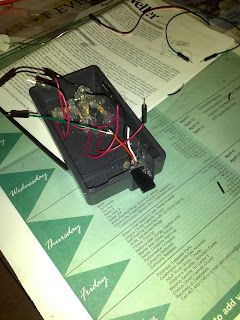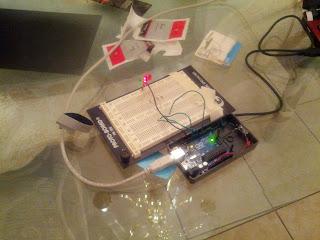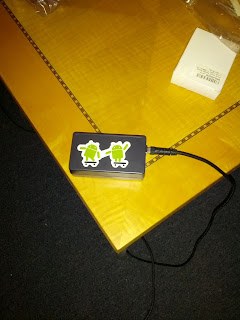I've dusted off Frances's tracing game and finally fixed a niggling bug that had been bothering me. I'd taken a shortcut on centering the images on the screen by putting the image in a view that was embedded within a larger view. That solution had been playing passably, but it had annoying side-effects in Jellybean:
- Touch-drags that started outside the image didn't register when you dragged inward.
- As the drag operation happened, an annoying grey rectangle would flicker around the frame of the inner view. I never figued out the root cause of that.
I therefore ditched the two-view solution and did the math internally to set up the images in the center of the view (there's a convenient Canvas.translate method to do the offsetting for me in terms of drawing, and I do the translation of touch events from view coordinates to image coordinates myself).
There's a lesson in this. Sometimes, an operating system changes and it becomes clear that the OS's developers don't have your use case in mind. When that happens, there are a couple of ways you can respond. But when you're working on a hobby project and don't have the clout to steer the OS project itself, it's often easier to adapt to the changes than it is to push back. Don't be afraid to replace someone else's functionality with your own code. But when you can contribute, do; the svg-android renderer instance that I use seems to have issue with some flavors of transform logic, and if I don't find that this has been fixed in later versions, I plan to patch it and submit the changes back to the maintainers.
The new version of Frances's Tracing Game should be available in the app store some time today.
On a related note, there's one more bug to fix... I'm going to have to figure out what to do about the title. Frances herself is growing out of this game, but her younger sister was born this week. Welcome to the world, Cecilia!





